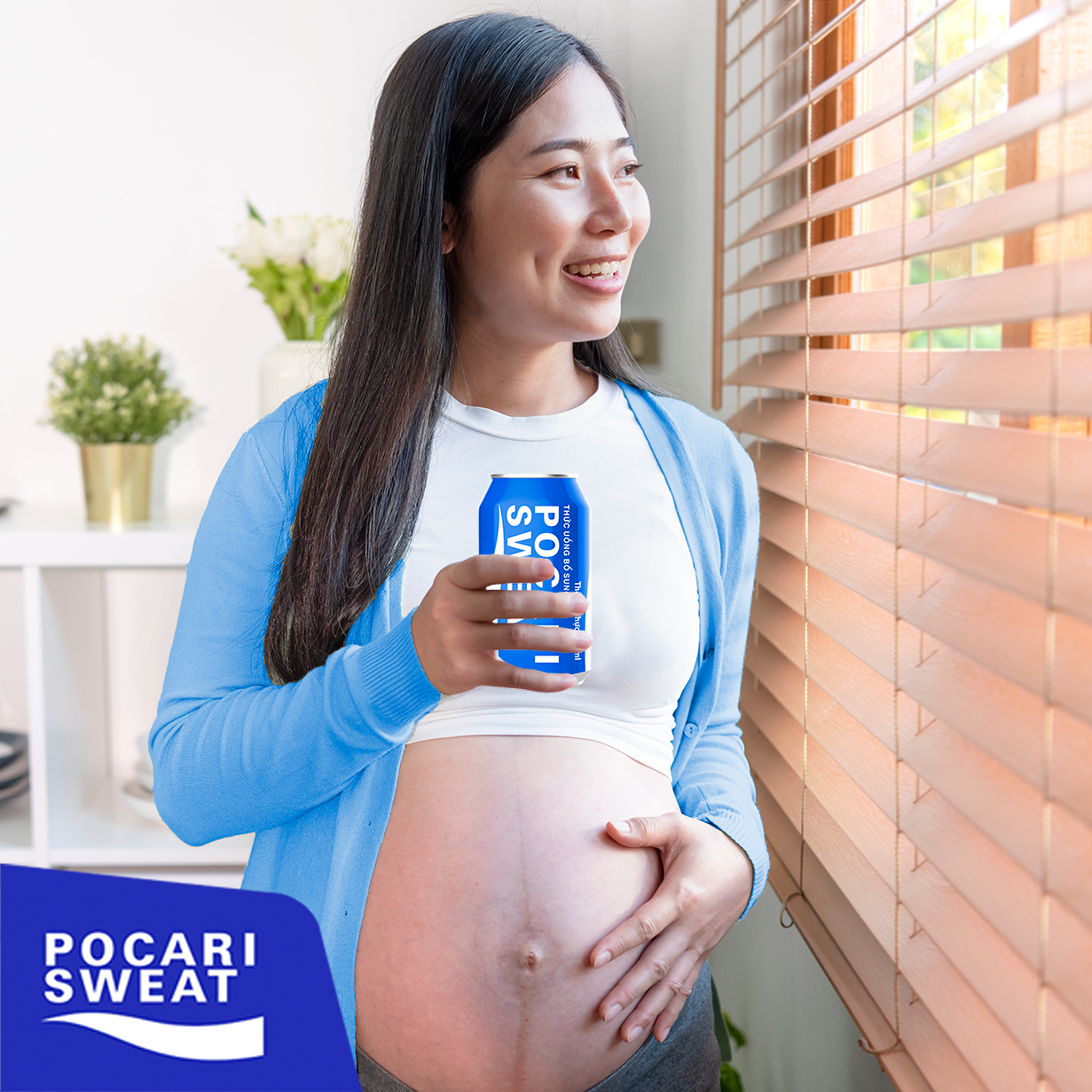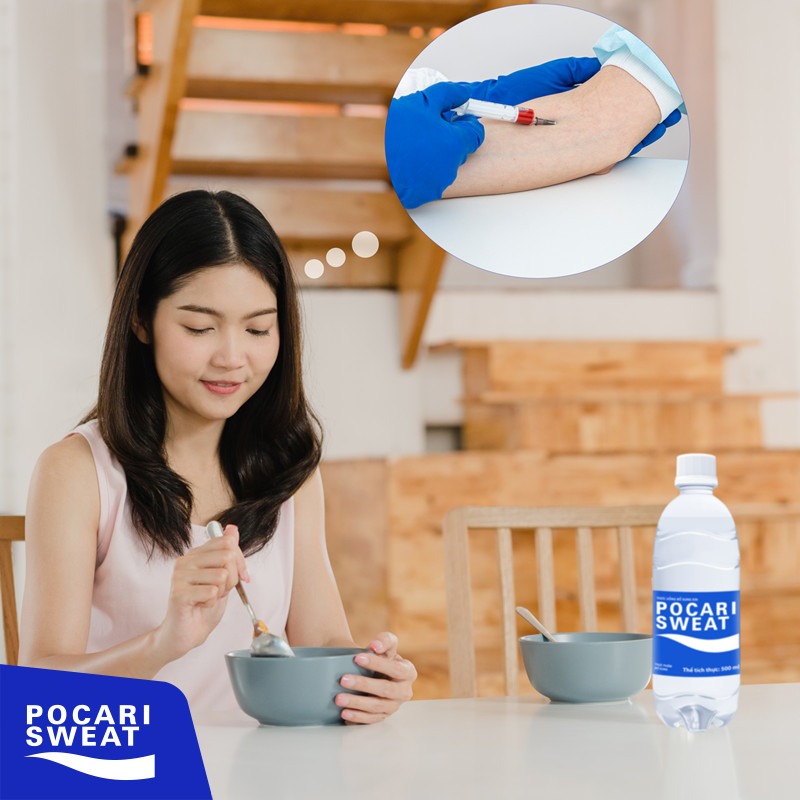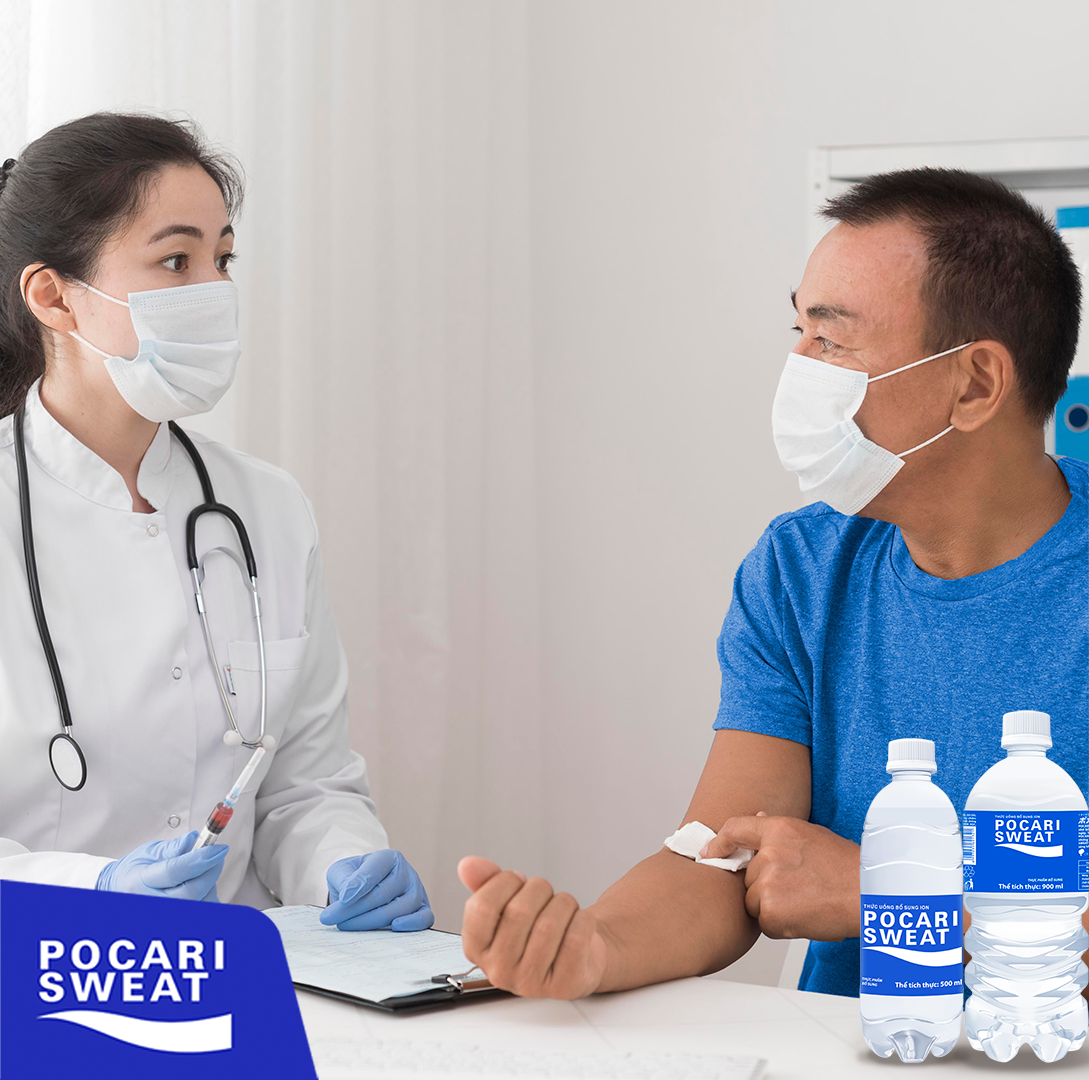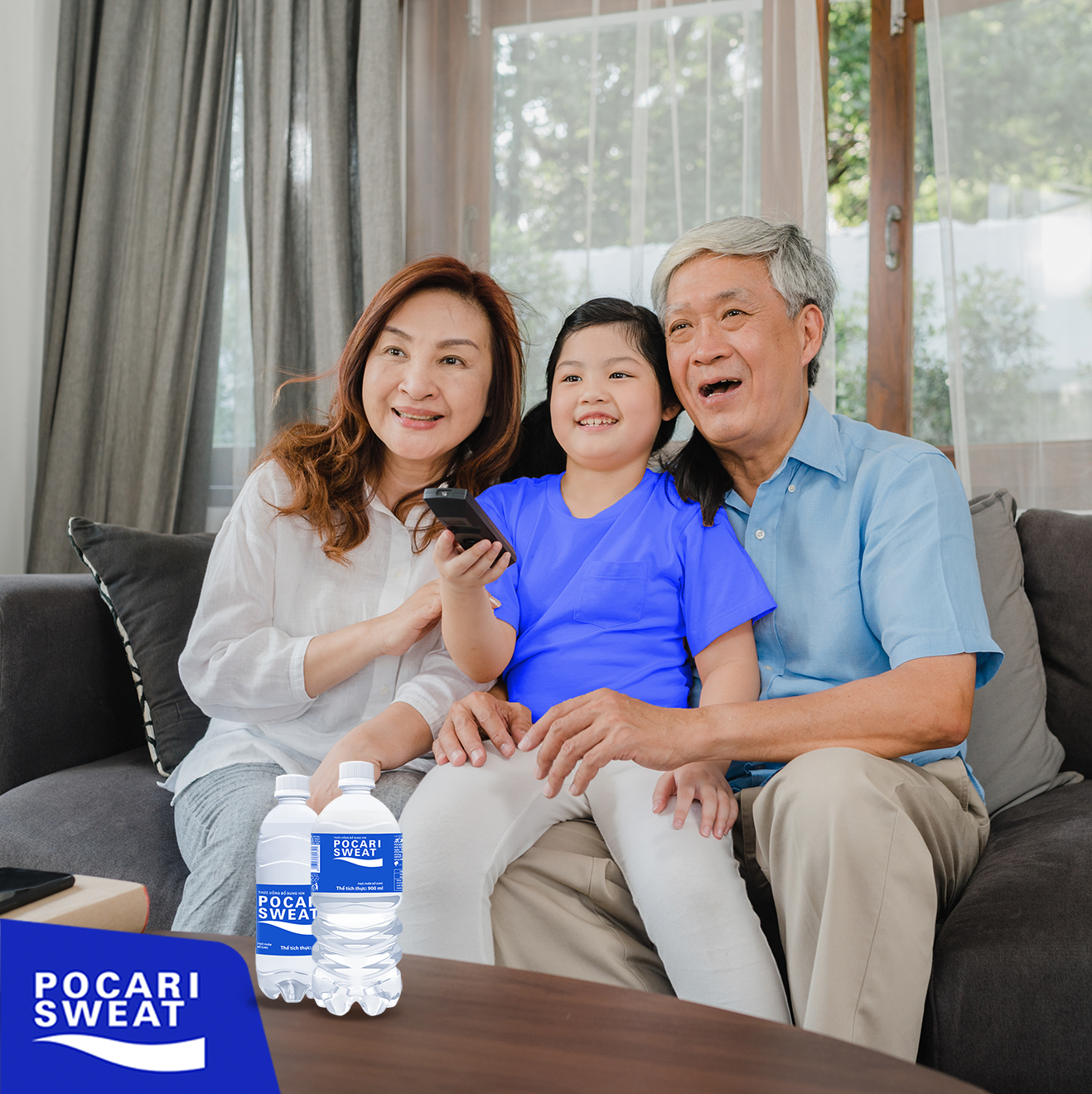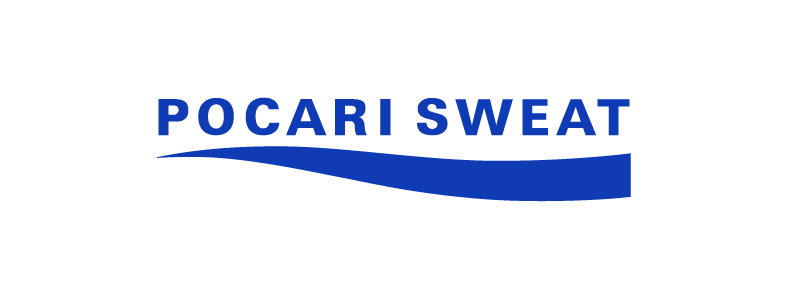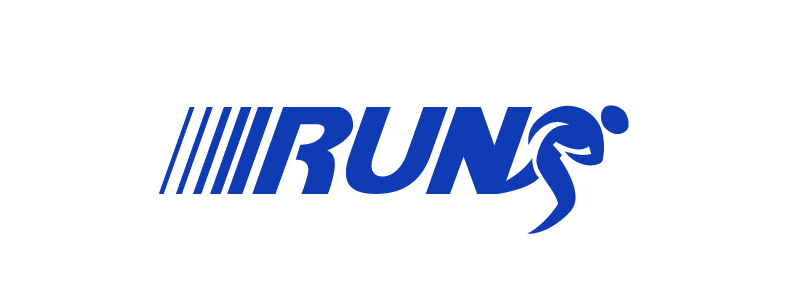PEOPLE WHO HAVE A HIGHER RISK OF SUFFERING SUNSTROKE - HEATSTROKE
❤️ Pocari is being sold popularly at supermarkets, convenience stores, pharmacies, grocery stores or Buy online at: www.pocarisweat.com.vn/online-shopping ❤️
Who will have a higher risk of getting a sunstroke - heat stroke, especially during hot days and the beginning of the rainy season? Let's find out together with Pocari in this article!
-
Children
Compared to adults, infants and toddlers have a higher body temperature because they have a more active metabolism. Furthermore, the development of their sweat glands is not complete and they cannot regulate their body temperature well. In places where the environmental temperature is hotter than the body temperature, such as in a hot car, their body temperature can rise in a short period to a life-threatening level.
Caution is necessary when going outside
On sunny days, the closer you are to the ground, the hotter it is. For instance, when the temperature outside is 32℃, it is 35℃ at 50 cm above the ground and 36℃ or more at 5 cm above the ground. When going out with an infant in a stroller, be sure to check them frequently.
Tips for preventing sunstroke - heatstroke in young children
- Keep an eye on children, and if their faces are flushed and they are sweating profusely, move them to a cool location and have the rest.
- Teach them about proper hydration: It's important that they learn to drink enough when they feel thirsty.
- Get them acclimatized to the heat by letting them play outside on a regular basis.
- Choose appropriate clothing: Parents and guardians should help young children choose appropriate clothing, and ensure that they know when to remove or add layers in response to changing temperatures.
-
The elderly
A general decline in bodily functions puts the elderly at particular risk of heatstroke
Body water content
As people age, their level of body fat tends to increase, and the proportion of their body that is water - their body water content - tends to decrease. Therefore, an elderly person placed in the same environment as a non-elderly person will be more likely to develop sunstroke - heatstroke. The elderly are also less likely to notice the heat or become thirsty and are therefore less likely to drink enough water. In addition, because the elderly have decreased heart and/or liver function, if they develop sunstroke - heatstroke, their symptoms are more likely to become serious.
Recommended preventative measures for the elderly
- Rehydrate even when not thirsty
- Check the room temperature frequently
- Exercise enough to work up a sweat once a day
-
Other people
People who are overweight or obese, people with low physical strength, people with low endurance, and people who are not acclimatized to the heat
When there is more subcutaneous fat, heat does not escape from the body as easily, and more heat is produced in moving a heavier body. In addition, people with less strength and endurance are more susceptible to heat and need to be more careful.
People who practice sports for the first time (like Students - New students)
Students who are not yet accustomed to exercise and are not as familiar with the conditions of their own bodies are more likely to overdo it. Sunstroke and heatstroke are therefore particularly common among first-year students in junior high school and high school.
People who are in poor physical condition
The temperature regulation systems of people who are in poor physical condition because of a lack of sleep or fatigue, and people who have less water in their bodies because of diarrhea or drinking too much alcohol the night before, are not functioning normally, and these people are therefore at higher risk of developing sunstroke - heatstroke.
People with pre-existing diseases
People being treated for diabetes, hypertension, heart disease, kidney failure, psychiatric disorders are known to be more likely to develop sunstroke - heatstroke.
When having a sunstroke - heatstroke, the above people need to replenish the amount of water lost from the body due to sweating. Therefore, they need to choose the ion supply drink Pocari Sweat to promptly and accurately replenish the amount of water and ions needed for the body. POCARI has a composition equivalent to the amount of body fluid lost every day and is absorbed into the body 2.2 times faster than water, helping to promote blood circulation and help restore the body's best status.
*Source: Synthesized from Otsuka Pharmaceutical Corporation of Japan
